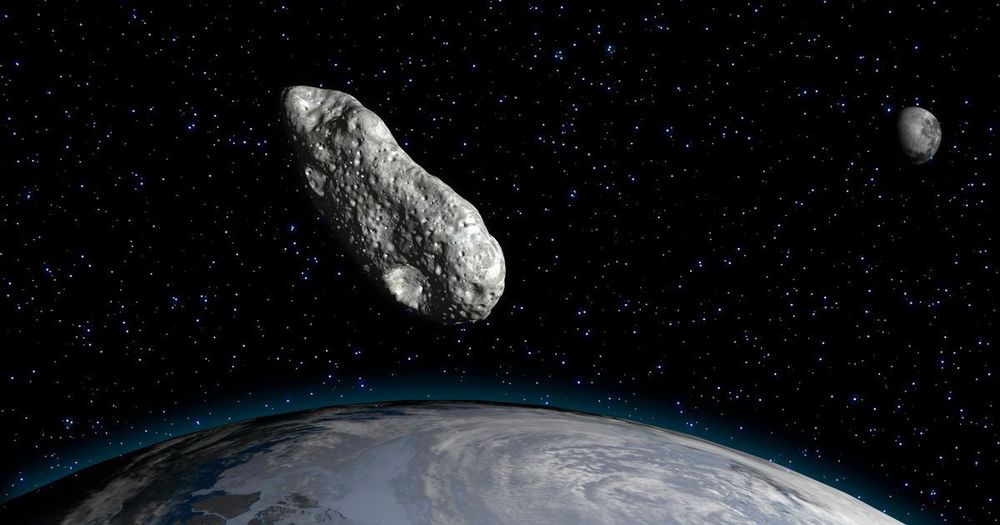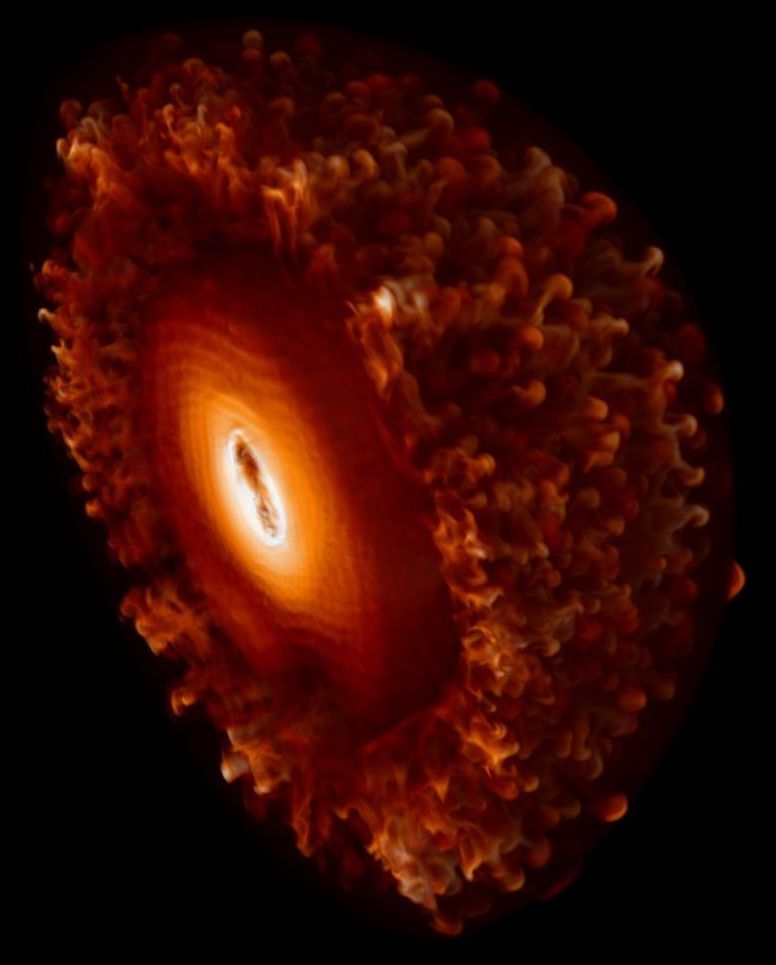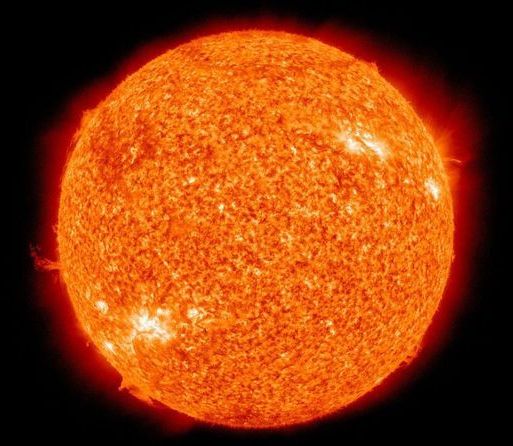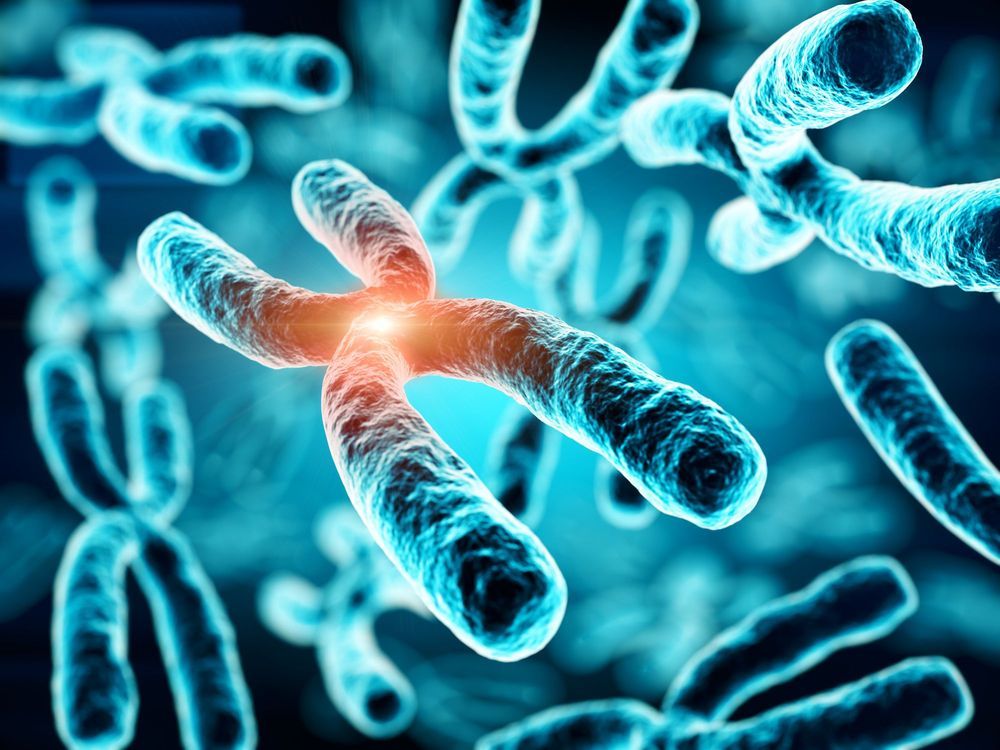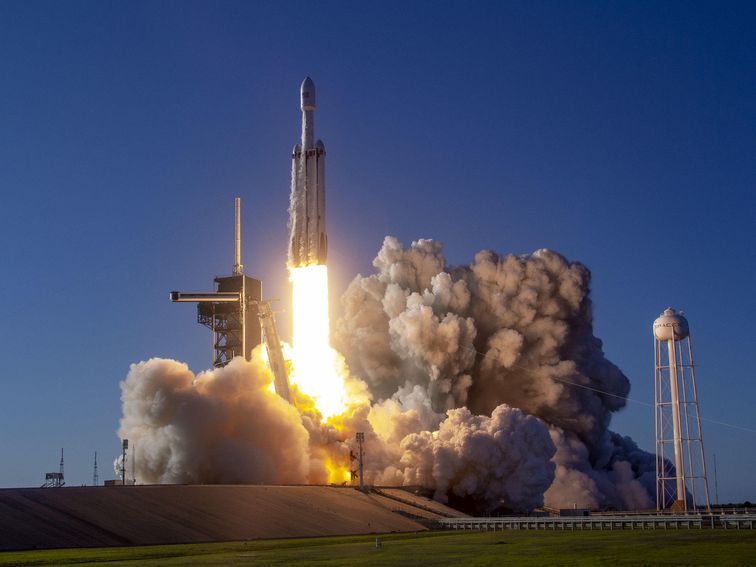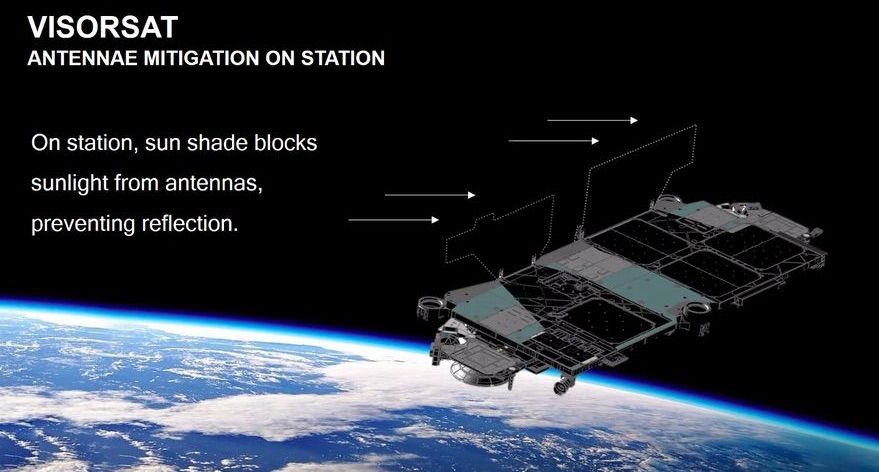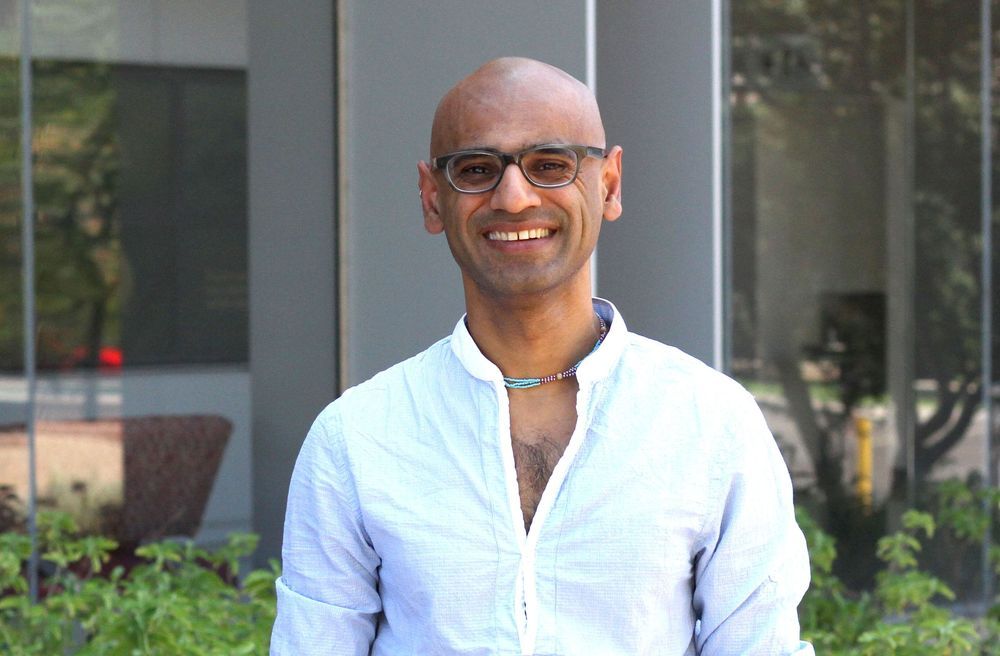
In November of 2019—likely, even earlier—a tiny entity measuring just a few hundred billionths of a meter in diameter began to tear apart human society on a global scale. Within a few months, the relentless voyager known as SARS-CoV-2 had made its way to every populated corner of the earth, leaving scientists and health authorities with too many questions and few answers.
Today, researchers are scrambling to understand where and how the novel coronavirus arose, what features account for the puzzling constellation of symptoms it can cause and how the wildfire of transmission may be brought under control. An important part of this quest will involve efforts to properly classify this emergent human pathogen and to understand how it relates to other viruses we may know more about.
In a consensus statement, Arvind Varsani, a molecular virologist with ASU’s Biodesign Center for Fundamental and Applied Microbiomics and a host of international collaborators propose a new classification system, capable of situating coronaviruses like SARS-CoV-2 within the enormous web of viruses across the planet, known as the virosphere.
